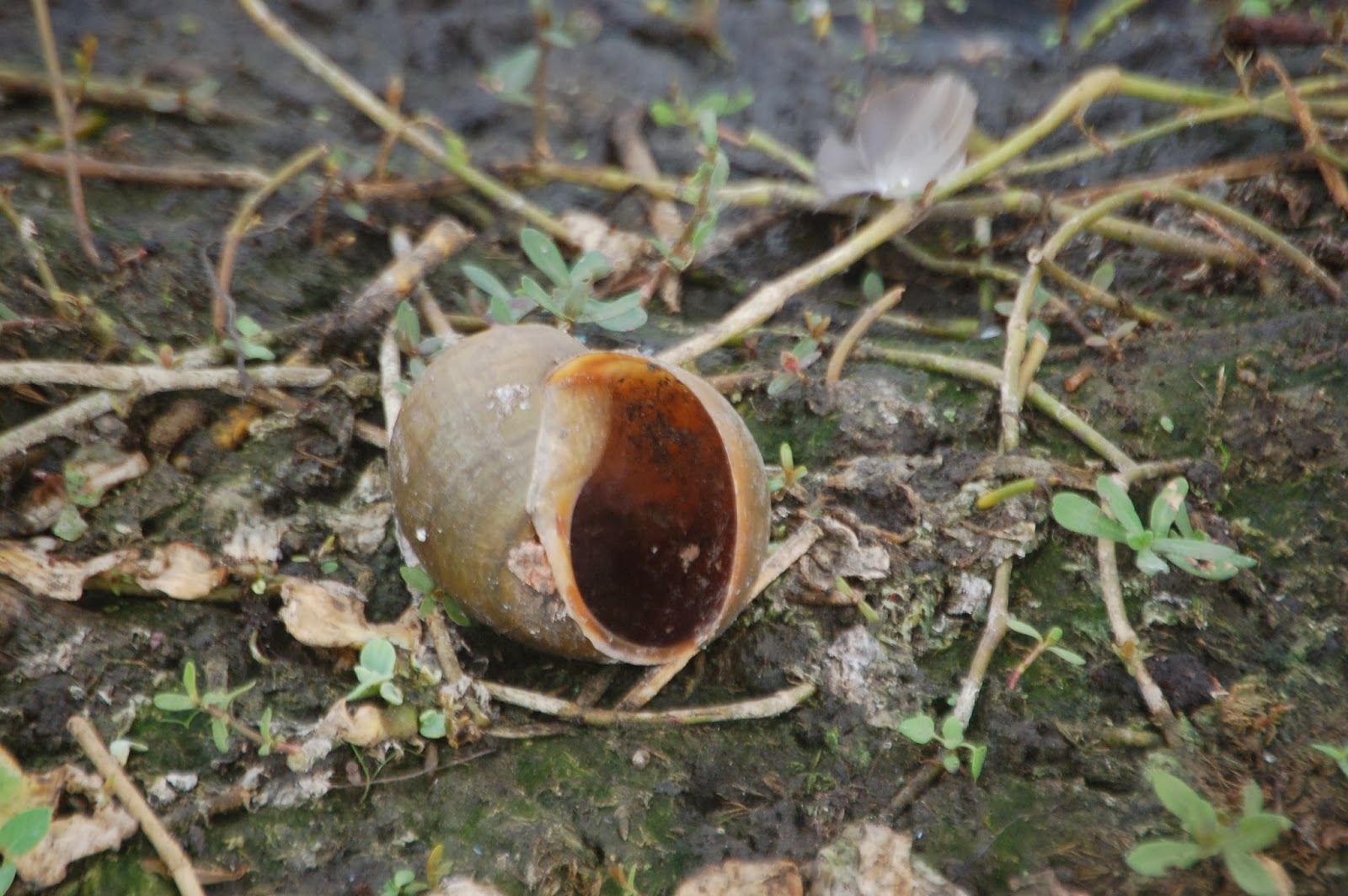Well THAT was interesting. A local neighbourhood walk yielded quite the diversity of birds, including a very robust Red-wing singing his Spring repertoire. Another large flock of Robins seen. It does cause one to reconsider the term "bird brain".
After spending a non-splendid morning and part afternoon at the car shop, I needed some local nature....nature close by not requiring an internal combustion engine.
When that need arises, I walk out my door, down Leithgow Street to Mariposa Avenue, and turn right. There, half a block down, is the local canal, a water management banality, and yet a bird sanctuary. There, the neighbourhood Limpkin. This unique bird, not related to herons, or ibises, but more to Cranes and Rails....it does look like a huge Rail, was pictured a few days ago in this Blog.
Two days ago I visited the storm water storage pond up on SW Tulip Avenue. This very large wetland had a large flock of Black-bellied Whistling Ducks.
 |
| Black-bellied Whistling Ducks in Flight |
Walking around the pond, I noticed these very large(10 cms long) snail shells all along the shoreline. I learned about these special Florida snails 30 years ago during my first visit to the Loxahatchee National Wildlife Refuge in Palm Beach County. Here I saw my first Snail Kite, which feeds exclusively on these snails, called the Apple Snail. After seeing so many empty snail shells along the edge of the pond, I recalled that a second bird feeds on Apple Snails- the Limpkin.
Limpkins are a tropical bird, which reach the northern limit of its breeding range in Florida's marshes, but only where there is an abundance of Apple Snails. I went home and looked to see where Limpkins have been seen in this area, and sure enough, the SW Tulip St. pond had 5 Limpkins there recently.
Today, at the canal, I saw the local Limpkin foraging, and then noticed the empty Apple Snail shells scattered along the shoreline.
 |
| Apple Snail shell (SW Tulip St.) |
I then proceeded west on SE Mariposa Ave. to the local small preserve, Mariposa Cane Slough, which has another recently constructed storm water wetland beside it. The walk through the preserve is always a treat. One can always see Beautyberry and Wild Coffee.
 |
| Wild Coffee |
 |
| Beautyberry |
May your trails, in 2014, yield a diversity of life.
































